Introduction
Dried abalone, a luxury ingredient in many Asian cuisines, is prized for its rich flavor, tender texture, and culinary versatility. However, rehydrating this delicate seafood properly can be a daunting task for even seasoned cooks. The process requires patience and precision to transform the rock-hard dried abalone into a succulent, edible form without compromising its taste or texture. This guide demystifies the art of rehydrating dried abalone, focusing on accelerated methods that save time while delivering exceptional results. Whether you’re preparing a festive banquet or a weeknight gourmet meal, mastering these techniques will elevate your dishes to new heights.
Why Proper Rehydration Matters
Dried abalone is created through a meticulous process of boiling, salting, and sun-drying, which preserves the meat for months or even years. However, this preservation method hardens the abalone’s flesh, making rehydration essential to restore its tenderness. Skipping this step or rushing it can result in a rubbery, chewy texture that undermines the dish’s quality. Proper rehydration not only softens the abalone but also removes excess salt and impurities, ensuring a clean, balanced flavor.
Traditional vs. Quick Rehydration Methods
Traditionally, rehydrating dried abalone involves soaking it in cold water for 24–48 hours, followed by gentle simmering for several hours. While this method guarantees optimal results, it demands forethought and time—resources often scarce in modern kitchens. Quick rehydration techniques, on the other hand, leverage heat, alkaline solutions, or pressure cooking to reduce the process to a few hours without sacrificing quality. The key lies in balancing speed with care to avoid overcooking or uneven texture.

Step-by-Step Quick Rehydration Guide
Initial Soak: The Foundation of Tenderness
Begin by rinsing the dried abalone under cold running water to remove surface dust. Place it in a heatproof bowl and cover with warm water (around 40°C/104°F). For every abalone, use at least three times its volume in water to ensure full submersion. Soak for 6–8 hours, changing the water every 2 hours to prevent bitterness. This initial soak kickstarts the rehydration process and loosens the abalone’s fibers.
Simmering Technique: Accelerating Softening
After the initial soak, transfer the abalone and its soaking liquid to a pot. Add fresh water to cover the abalone by 2.5 cm (1 inch). Bring the water to a gentle simmer over medium-low heat—never a rolling boil, which can toughen the meat. Simmer for 3–4 hours, checking periodically to ensure the water remains at a steady simmer. Add warm water as needed to maintain the level.
Post-Simmer Soak: Final Flavor Infusion
Once the abalone feels pliant when pierced with a knife, remove it from the heat. Allow it to cool in the cooking liquid for 1–2 hours. This step is crucial, as the abalone continues to absorb moisture and flavor as it rests. Gently squeeze the abalone to release excess liquid, then rinse it under cold water to remove any residual salt or impurities.
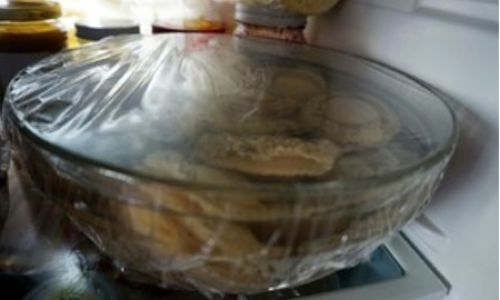
Accelerated Methods for Time-Strapped Cooks
Method 1: Baking Soda Boost
For a speedier rehydration, add 1/2 teaspoon of baking soda per liter of water during the initial soak. The alkaline solution breaks down the abalone’s proteins faster, cutting soaking time to 4–6 hours. However, exercise caution: too much baking soda can impart a soapy taste. Rinse the abalone thoroughly after simmering to neutralize any residue.
Method 2: Pressure Cooker Precision
A pressure cooker reduces simmering time to just 45–60 minutes. After the initial soak, place the abalone in the cooker with fresh water (or stock for added flavor). Seal the lid and cook on high pressure. Allow natural release for 15 minutes before opening. This method is ideal for busy cooks but requires vigilance to prevent overcooking.
Tips for Rehydration Success
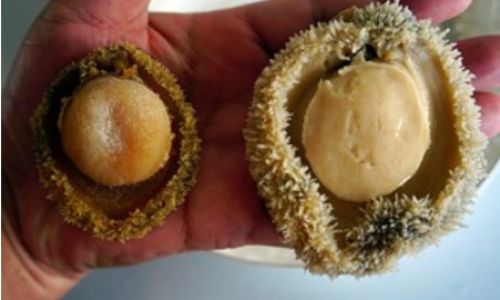
- Uniform Size Matters: If rehydrating multiple abalones, choose pieces of similar size to ensure even cooking.
- Water Quality: Use filtered or bottled water to avoid chlorine or minerals that may affect taste.
- Avoid Cold Shocks: Never transition the abalone from hot to cold water abruptly, as this can cause toughening.
- Texture Test: Press the abalone gently; it should yield slightly but retain resilience. Overly soft abalone is overcooked.
Common Mistakes to Avoid
- Using Boiling Water Initially: High heat shocks the abalone’s proteins, leading to a chewy texture.
- Skipping Soak Changes: Stagnant water becomes bitter, imparting an unpleasant aftertaste.
- Under-Simmering: Insufficient cooking leaves the center tough and inedible.
- Overcrowding the Pot: Overlapping abalones cook unevenly; ensure adequate space.
Creative Recipe Ideas for Rehydrated Abalone
Abalone Stir-Fry with Asparagus and Shiitake
- Slice rehydrated abalone into thin strips.
- Stir-fry with garlic, ginger, and fresh asparagus.
- Add shiitake mushrooms and a splash of oyster sauce.
- Serve over steamed jasmine rice.
Braised Abalone in Black Bean Sauce
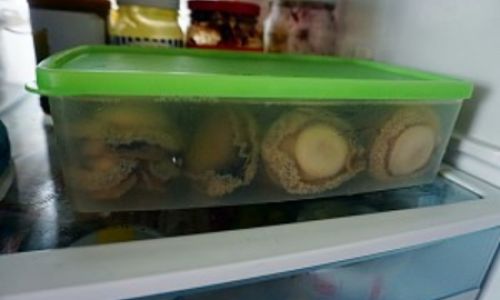
- Marinate abalone slices in fermented black beans, soy sauce, and sugar.
- Braise gently in a clay pot with chicken stock and star anise.
- Garnish with scallions and toasted sesame seeds.
Abalone and Pumpkin Congee
- Simmer rehydrated abalone with pumpkin puree and jasmine rice.
- Season with white pepper and a drizzle of sesame oil.
- Top with fried shallots for crunch.
Steamed Abalone with Glass Noodles
- Layer abalone slices over soaked glass noodles.
- Steam with a sauce of soy sauce, mirin, and grated daikon.
- Serve hot with a side of pickled ginger.
Storage and Shelf Life
Properly rehydrated abalone can be stored in the refrigerator for up to 3 days. Place it in an airtight container submerged in its cooking liquid to prevent drying. For longer storage, freeze the abalone in its liquid for up to 1 month. Thaw overnight in the refrigerator before use.
Conclusion
Rehydrating dried abalone need not be a time-consuming ordeal. By combining traditional wisdom with modern techniques—such as alkaline soaks, pressure cooking, and strategic simmering—you can achieve restaurant-quality results in a fraction of the time. The key lies in patience during the initial soak, precision during simmering, and attention to detail during the final rest. Whether you’re crafting a celebratory feast or a humble weeknight meal, mastering the art of quick abalone rehydration opens doors to a world of culinary luxury. Experiment with flavors, textures, and presentations, and let this prized ingredient shine in your kitchen.
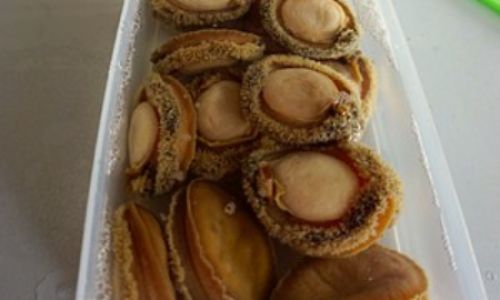

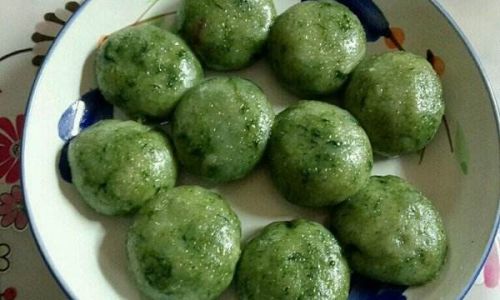
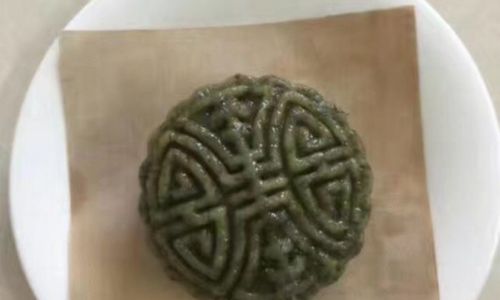
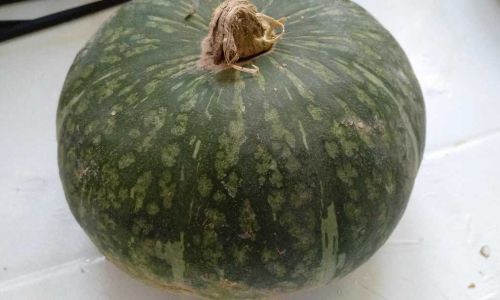
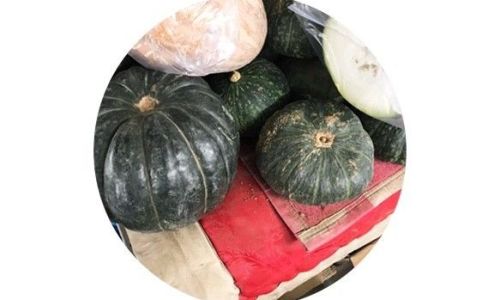
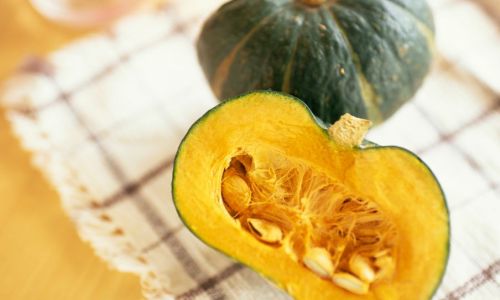
0 comments